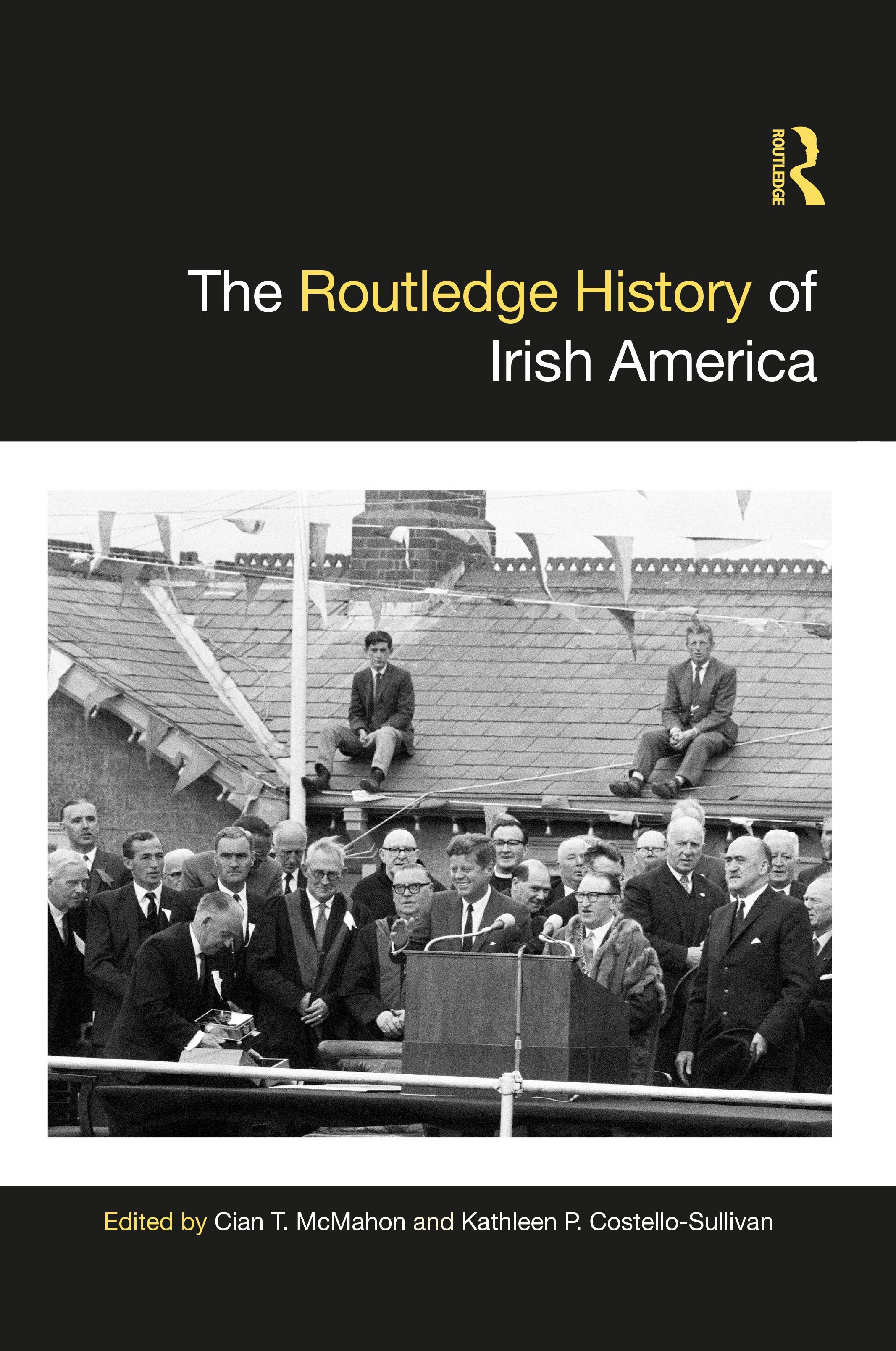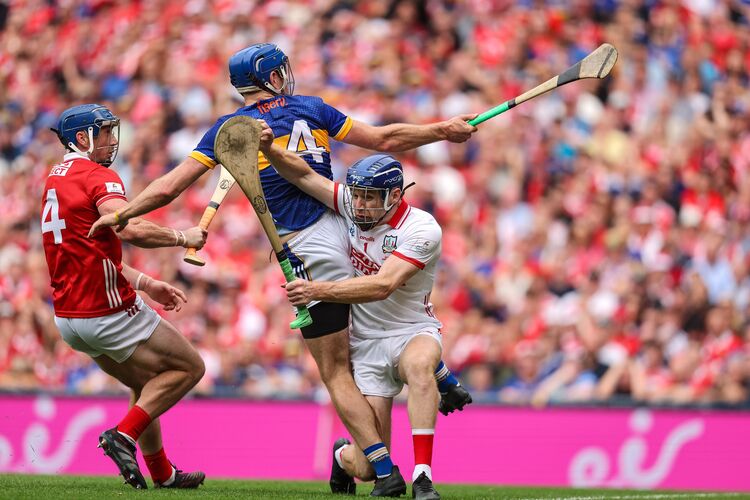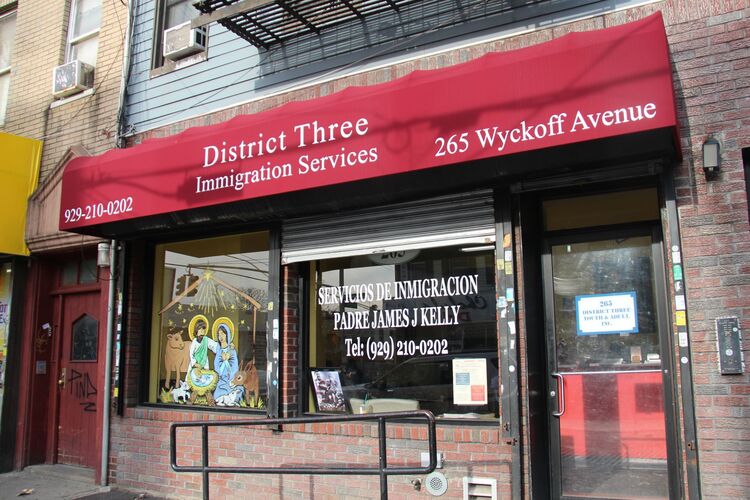When President John F. Kennedy addressed crowds of well-wishers in Ireland during his June 1963 visit to the country, he employed a rhetorical device that served both him and his audiences well.
“I would like to ask how many people here have relatives in the United States,” Kennedy would grin from behind the lectern. “Perhaps they could hold up their hands?”
"In We Don’t Know Ourselves: A Personal History of Modern Ireland" (Liveright, 2022), Fintan O’Toole describes how Kennedy’s Irish audiences reacted: “A forest of hands arose on the spot, hands reaching out towards him, waving at him, wanting to be seen by him,”
O’Toole writes: “In the unseemly rush to claim Kennedy, we also had to claim all those scattered families of ours, inglorious and unglamourous as they were. Those arms that reached out to [Kennedy] also grasped a painful history.”
For people living in Ireland in the early 1960s, there was much to be gained by associating with “this tanned gorgeous man, radiating power and sex.”
And yet, O’Toole concludes, Kennedy himself had “both personal and political desires, which only we [in Ireland] could fulfil.” Ireland needed Kennedy—but Kennedy needed Ireland, too.
This idea of a give-and-take relationship between Irish people on both sides of the Atlantic Ocean is an enduring theme in "The Routledge History of Irish America," which was just published and which we had the great fortune of co-editing.
While Irish-American history is often framed in terms of “remembering” or “forgetting,” we came to realize that “sharing” and “exchanging” have been important dynamics too.
Over the course of more than forty chapters written by some of the leading thinkers and writers working in modern Irish Studies today, our new volume demonstrates for a wide audience of general readers, students, and scholars what many have been arguing in academic conferences and seminars for years: that the history of Irish America can only be fully understood when viewed as part of a dynamic process of exchange between various Irish (and some non-Irish) parties.
It was not a one-way street to assimilation that started and ended on the shores of America. The book’s cover art offers a subtle illustration of some of the volume’s key themes.
President Kennedy’s June 1963 visit to Ireland is an instantly-recognizable symbol of the pomp and power of Irish America in the mid-twentieth century.
Yet, the image of a U.S. president standing on a stage while two men lounge behind him on a rooftop is unique and eye-catching. It illustrates the potent combination of familiarity and foreignness that has often characterized Irish/Irish-American relations.
This image also highlights the “back-and-forth” relationship between Ireland and America, which proved to be such an important theme in the collection overall. It would have been easy for a book on the Irish in America to have featured a picture of an Irish immigrant in the United States.
By flipping that script and using a picture of an Irish American in Ireland, we intentionally highlighted the reciprocal exchange between these two countries and communities. "The Routledge History of Irish America" is the first major, edited volume on the subject published in almost twenty years.
At face value, the book’s chapters are organized chronologically, carrying readers from the earliest experiences of colonial America through twenty-first-century debates over immigration, gun control, and abortion rights.
Yet the collection is not merely a catalogue of important names and dates. Many chapters focus on the history of what happened (and why) but others discuss how Irish Americans represented themselves in literature, drama, cinema, music, poetry, the Irish language, and much else besides. Running through all of this is a set of organizing themes that tie the chapters together.
There are six, in particular, that really reverberate through the more than 550 pages of text. Work is obviously an important theme, largely because it has been such a motivating factor for so many emigrants over time.
While the European imperial powers were jockeying for position up and down the Americas from the early sixteenth century onwards, many Irish men (and some women) recognized that there was room in the newly-emerging labor markets for a wide range of servants, administrators, and soldiers.
This ability to identify and exploit opportunities stretched from unemployed Presbyterian weavers in the eighteenth century to adventurous nannies in the late twentieth and early twentieth-first centuries.
It will come as no surprise that politics is another important theme in this sprawling history of the Irish in America. John F. Kennedy’s election as President of the United States in 1960 is frequently identified as “the moment” when Irish America came into its own and this would be true if Irish America were strictly Catholic.
But, in fact, Irish Protestants, especially Presbyterians (later known as “Scotch-Irish”), have long enjoyed access to the levers of power in America. Before Kennedy, as many as twelve U.S. Presidents could claim “Scotch Irish” heritage.
The book explores this but also looks at the dimensions of Irish-American “soft power” as in, for example, its impact on the development of the Peace Process in the north of Ireland in the 1990s.
The subtle sectarianism buried in the debate over whether or not Kennedy was the “first” Irish-American U.S. president reminds us that religion is another critical theme in the history of Irish America.
As Timothy J. Meagher and Tyler Anbinder have recently demonstrated in their important new books ("Becoming Irish American" and "Plentiful Country"), Irish America’s sense of itself changed after the Great Famine of the 1840s and 1850s, becoming more “Catholic” than ever before.
Many of the chapters in our Routledge History explore how religion was used to define not only what it meant to be a “good Christian,” but also what it meant to be a “good Irish person,” sometimes with devastating effects, as evidenced by the child abuse sex scandals that have rocked the Catholic Church on both sides of the ocean since the 1990s.
Irish America has also been shaped by international networks, which constitute another critical theme in our new book. In the earliest years, soldiers, priests, and nuns followed bureaucratic and imperial networks to far-flung colonies along the Atlantic littoral.
Trade networks were never divorced from these processes. As merchants developed durable routes of exchange between Ireland and North America, a host of servants, entrepreneurs, rebels, and runaways followed these networks across the ocean.
As several of our chapters also demonstrate, however, there were also important creative impulses at play. Literary figures, politicians, and artists used transnational networks to share thoughts and ideas that ended up shaping how Irish America described itself on the page, stage, and screen.
Traditional histories of what it has meant to “be Irish-American” were often predicated on a simplistic association between Irish Americanness and masculinity.
As a result, another key theme in our new book is the role of women in Irish America. Yet, it is not enough to merely “add women, and stir.” Re-centering women’s role in Irish-American history requires re-telling some of the key moments in that story, from the role of mothers and daughters in early Scots-Irish communities to the ways in which women made critical contributions to how Irish-American identity was expressed in literature, drama, and art.
Challenging the taken-for-granted association between Irishness and masculinity, of course, also opens the door to rethinking sexuality, as explored in a chapter on the “Queering” of Irish America. Finally, the question of identity is another key theme in this new history of Irish America.
Our authors may disagree on how to define what it meant to “be Irish-American” but they all proceed from the same, commonly-accepted, theoretical basis: identities are social constructs.
Humans describe themselves as members of one group or another in order to manage and make sense of their worlds. This means, of course, that what it means to “be Irish” has changed over time and space.
For the descendants of eighteenth-century Ulster Presbyterians, becoming “Scotch-Irish” was part of a reaction to the influx of impoverished Catholics in the mid-nineteenth century.
In recent years, it has been re-invented again by right-wing politicians. Similarly, Irish efforts to lay claim to American citizenship often (though not always) included an assertion of white privilege and superiority. These are some of the tricky but truthful aspects of the Irish-American experience, which our new book delves into.
From indentured servants in the seventeenth century to political party operatives in the twenty-first century, Irish Americans have always retained ties with friends and family on both sides of the ocean. John F. Kennedy’s jokes during his June 1963 visit to Ireland might have been corny.
Yet, they included one enduring truth: Irish America has always been much, much more than the sum of its two parts.
Cian T. McMahon is Associate Professor in the Department of History and Honors College at the University of Nevada, Las Vegas. Kathleen P. Costello-Sullivan is Professor of Modern Irish Literature at Le Moyne College. "The Routledge History of Irish America" was published in July 2024. To purchase a copy, go to https://www.routledge.com/ The-Routledge-History-of-Irish-America/McMahon-Costello- Sullivan/p/book/9781032219219 You can save 20% using the discount code HIA24 when ordering through www.routledge.com between 29 July and 21 Oct 2024.







